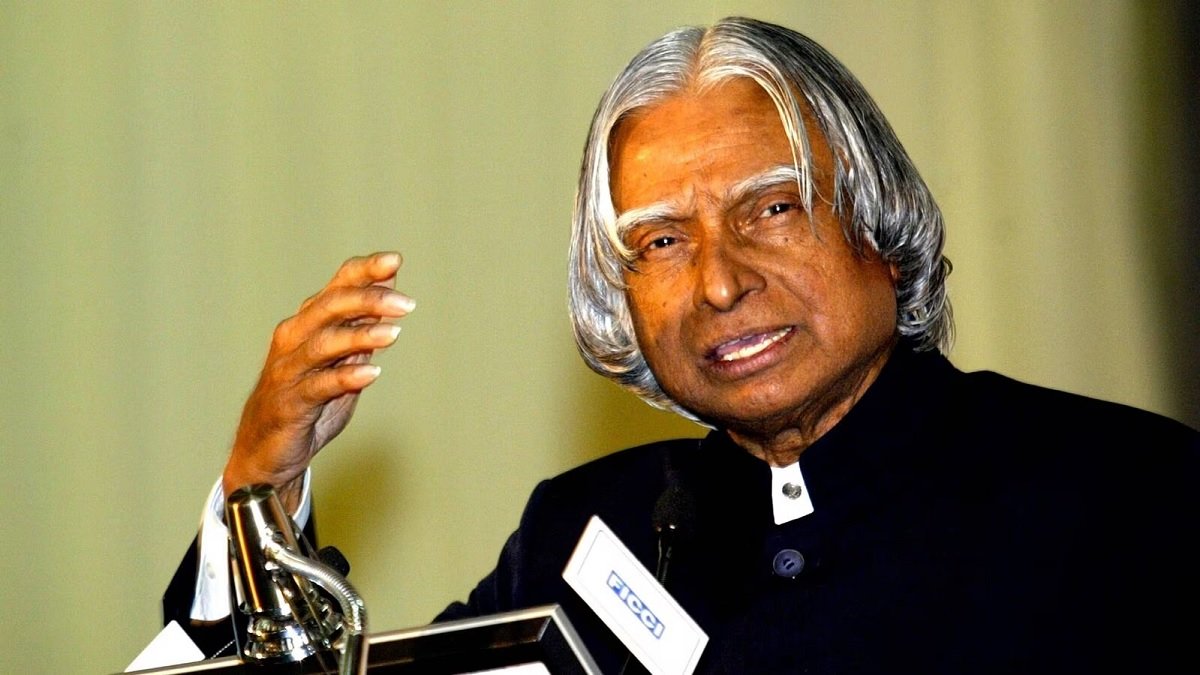The Baha’i teachings, founded upon the revelations of Baha’u’llah in the 19th century, emphasize the importance of unity, cooperation, and the application of spiritual principles to everyday life. Within this rich tapestry of spiritual and practical guidance, a notable incident involving ‘Abdu’l-Baha, the son of Baha’u’llah, reflects a profound aspect of these teachings: the response to a blank letter. This event not only illustrates ‘Abdu’l-Baha’s wisdom but also poses a challenge to our current understanding of communication, intention, and the essence of guidance in the Baha’i Faith.
Consider, if you will, a seemingly straightforward scenario: a blank letter. What could possibly be communicated through an empty page? One might argue that such a letter renders the task of response an impossible endeavor. Yet, ‘Abdu’l-Baha’s response serves as a quintessential example of how spiritual insight transcends the conventional boundaries of communication. In this instance, the individual who penned the blank letter did so out of a sense of frustration or confusion. Rather than dismissing this act, ‘Abdu’l-Baha chose to explore the underlying motives behind the communication.
In an age where superficiality often dominates interpersonal interactions, the willingness to engage deeply with the motivations of others becomes a stark challenge. ‘Abdu’l-Baha recognized this and invited his correspondents to reflect on the essence of their inquiry, emphasizing that sincere questions often arise from the heart, regardless of the method of expression. His profound reply encapsulated guidance, albeit directed towards an unspoken sentiment. This becomes a potent reminder that the true value of communication resides not merely in the words written but in the intentions that underline them.
To understand the implications of this incident in the Bhai’i context, it is pivotal to appreciate the role of intention within the framework of spiritual growth. The Baha’i teachings encourage adherents to approach each interaction with mindfulness, recognizing that even the absence of articulation can stem from a quest for understanding. Emphasizing the significance of intention, ‘Abdu’l-Baha’s response highlights a critical teaching: every act, even one as empty as a blank page, contains potential for connection and growth.
Furthermore, ‘Abdu’l-Baha’s response invites an intriguing challenge for modern practitioners and seekers of truth alike: How do we discern the depth of communication in a world saturated with noise? The contemporary landscape is replete with distractions, often leading individuals to overlook the subtleties inherent in their exchanges. This calls for an elevation of consciousness—a conscious decision to seek understanding amidst the cacophony of daily life. Just as ‘Abdu’l-Baha perceived the void and responded with wisdom, individuals today must strive to look beyond the surface and delve into the spiritual heart of each interaction.
The implications extend further into the realm of community interaction. The Baha’i Faith calls for the nurturing of community bonds that transcend the limitations of language, culture, and personal circumstance. The act of ‘Abdu’l-Baha responding to a blank letter serves as a metaphor for the broader principle: that it is imperative to engage with one another, even when words are insufficient. Through compassionate inquiry and active listening, community members can foster an environment where individuals feel safe to articulate their innermost thoughts, thus enriching the collective spirit.
Additionally, this anecdote serves to challenge preconceived notions of conventional wisdom surrounding communication. In many societies, the efficacy of communication is often measured by the clarity and quantity of words exchanged. Conversely, ‘Abdu’l-Baha’s encounter with the blank page posits that sometimes silence or absence may carry greater weight than overt articulations. This presents a counter-cultural paradigm, pushing individuals to reflect on their communication styles and the broader implications of their interactions.
Engaging with this dual understanding—both of what is said and what remains unspoken—requires a commitment to introspection. By seeking to understand ourselves and the motivations that drive our actions, we cultivate an environment where genuine dialogue can flourish. This internal examination encourages adherents to align their actions with their spiritual aspirations, fortifying a foundation upon which true understanding can be achieved.
As one contemplates the task of addressing a blank letter, one might ponder: Could it be possible that your own messages, whether articulated in grand prose or mundane banality, miss the mark of communication intended? This playful query invites reflection on how often one engages with the surface of communication, neglecting to excavate the deeper meanings that lie beneath. This incident, therefore, is much more than an isolated event in the life of ‘Abdu’l-Baha; it epitomizes a principle of engagement that can transform the act of sharing thoughts into a spiritually enriching dialogue.
In conclusion, the lesson derived from ‘Abdu’l-Baha’s response to a blank letter underscores a broader Baha’i teaching: the call to engage deeply in life’s interactions, recognizing that each contact, no matter how seemingly empty, holds the potential for profound understanding. As aspirants and practitioners endeavor to embody these quintessential principles, they are reminded of the importance of intention, reflection, and the pursuit of genuine connection. In navigating the complexities of modern communication, it becomes crucial to transcend mere words, embracing the spiritual depth that lies within each interaction, much like ‘Abdu’l-Baha did with that fateful blank letter.
